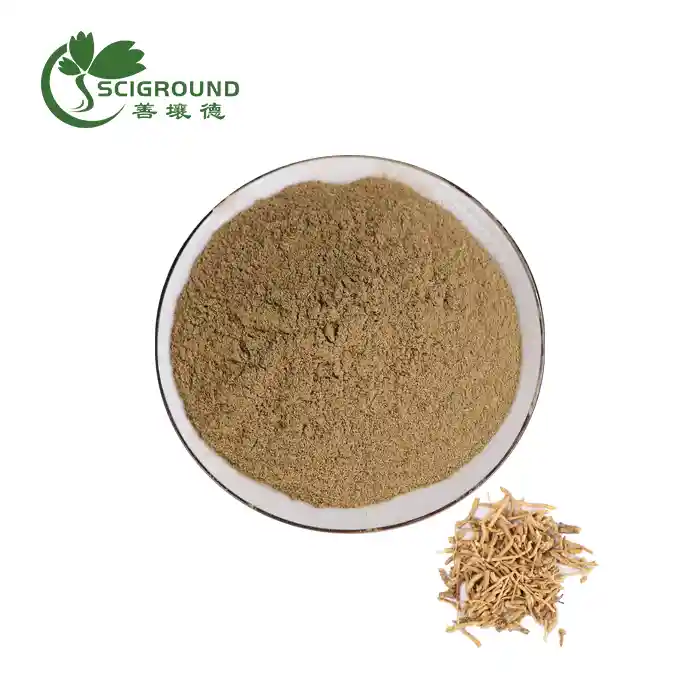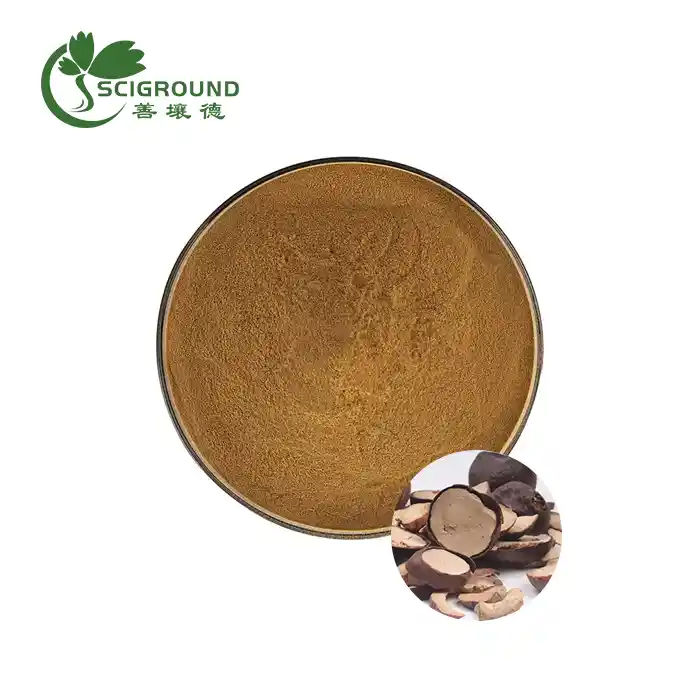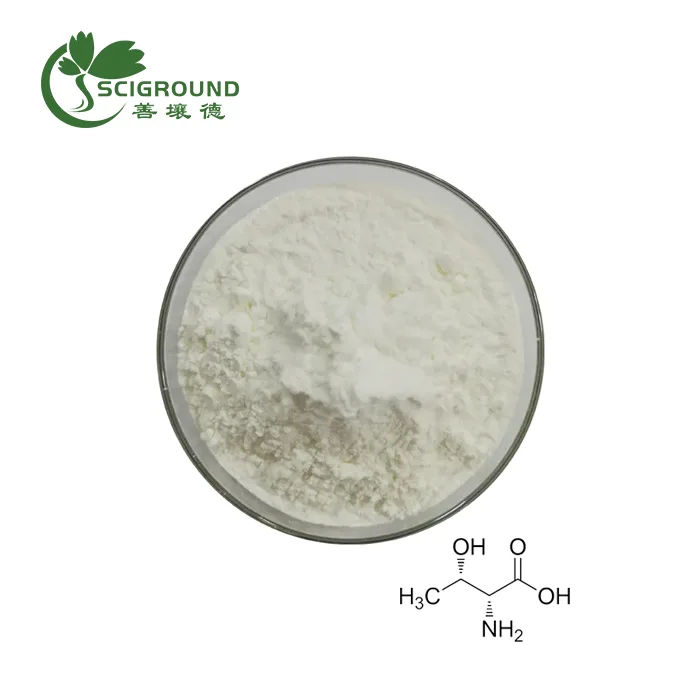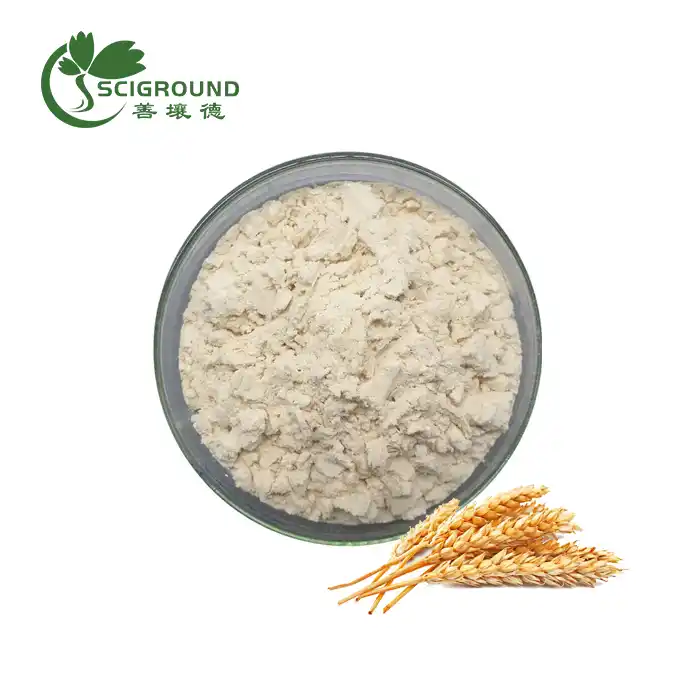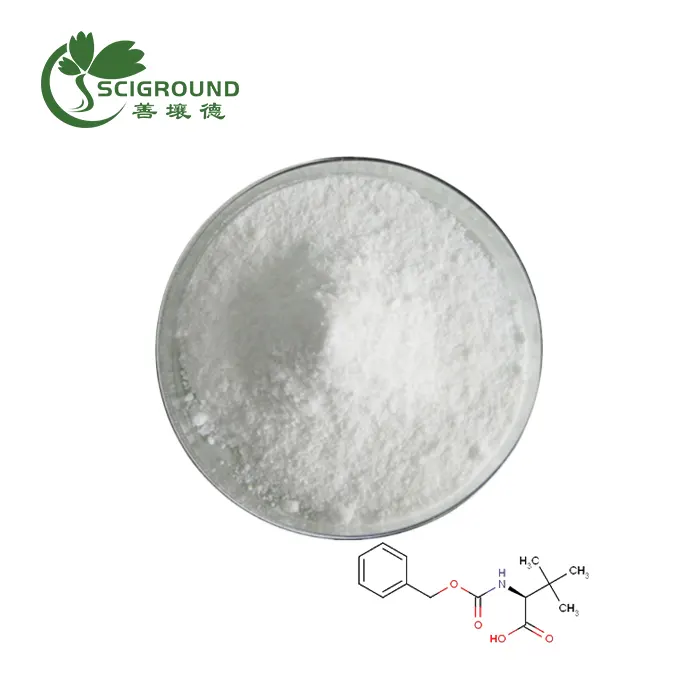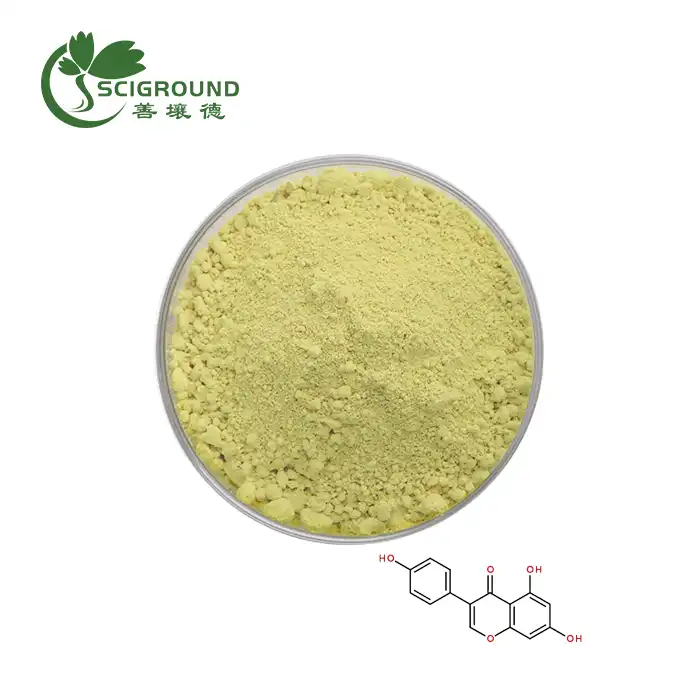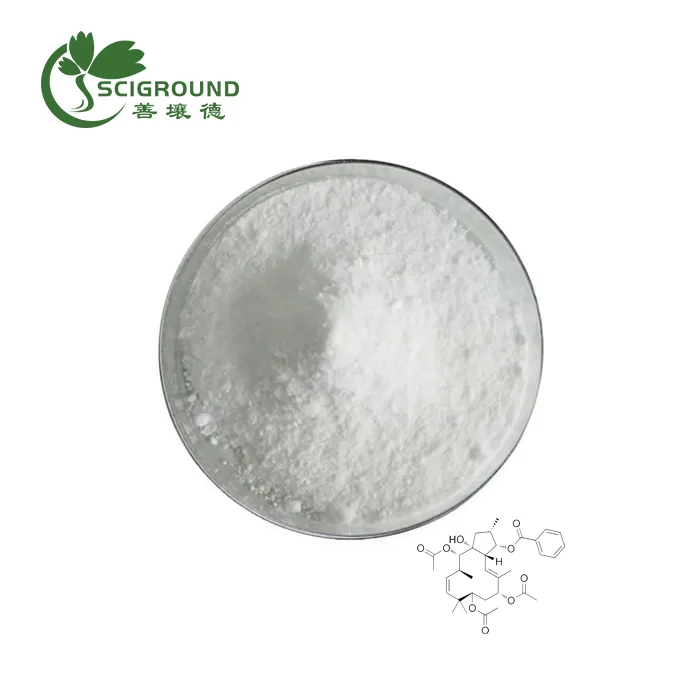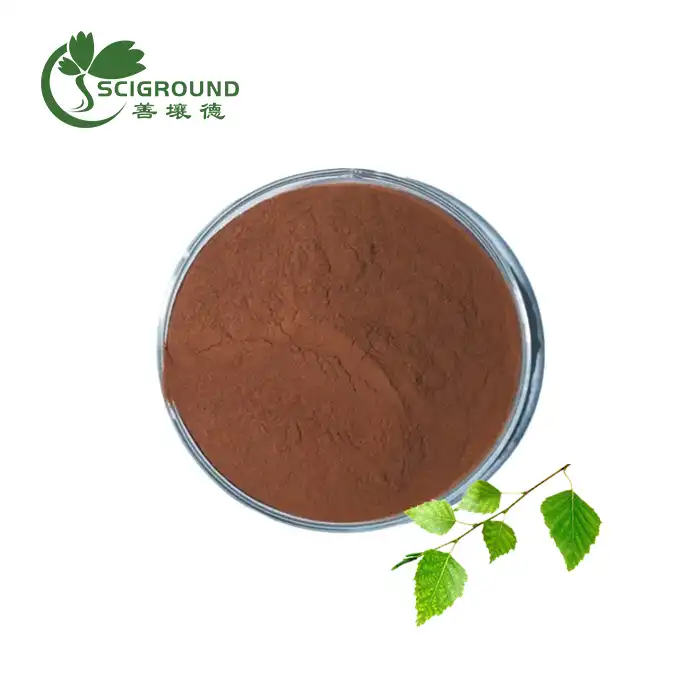D-Serine vs L-Serine
D-serine and L-serine are two forms of the non-essential amino acid serine. While structurally similar, they play unique roles in the body. In this article, I will compare and contrast D-serine vs. L-serine in terms of their chemical structure, biological functions, distribution, food sources, uses as supplements, therapeutic potential, and safety profile.
What is D-Serine?
D-serine is a dextrorotary isomer of serine, meaning it rotates plane polarized light to the right. It was first isolated in 1956. In humans, it serves as a vital neurotransmitter in the brain, helping to regulate neurotransmission. D-serine acts as an agonist at the glycine site of NMDA receptors. It is synthesized in the brain by the enzyme serine racemase. Only small amounts of D-serine occur naturally in food sources.

What is L-Serine?
L-serine powder bulk is the levorotary isomer of serine, rotating light to the left. It is one of the naturally occurring proteinogenic amino acids incorporated into proteins during translation. L-serine plays key roles in metabolism, brain health, immune function, and muscle growth. It is synthesized endogenously and also obtained from high protein foods.
What is the Difference Between D-Serine and L-Serine?
The key differences between D-serine and L-serine include:
· Chirality - D-serine is the D-enantiomer, while L-serine is the L-enantiomer. They are mirror images with opposite chiralities.
· Functions - D-serine acts as a neurotransmitter. L-serine plays a more general role in protein synthesis and metabolism.
· Location - D-serine is concentrated in the brain. L-serine is abundant throughout the body.
· Synthesis - D-serine is synthesized by serine racemase. Bulk L-serine is produced without the need for isomerization.
· Dietary sources - Very little D-serine occurs naturally in foods, while L-serine is plentiful.
· Supplements - D-serine supplements are not readily available, whereas L-serine supplements are common.
So in summary, D-serine and L-serine have distinct chiralities, bodily functions, enzyme-mediated synthesis, and dietary distributions that differentiate them.
What is the difference between phosphatidyl serine and L-serine?
Phosphatidylserine is a phospholipid compound composed in part of L-serine residues. It differs from standalone L-serine in the following ways:
· Structure - Phosphatidylserine contains fatty acid chains attached to a glycerophosphate backbone bound to L-serine.
· Location - Phosphatidylserine is a key component of cell membranes, whereas L-serine powder is found throughout cells and the body.
· Synthesis - Phosphatidylserine is assembled from smaller compounds including L-serine. L-serine is directly synthesized via cellular metabolism.
· Function - Phosphatidylserine helps maintain membrane integrity and signal transduction. L-serine is more generally involved in protein synthesis.
· Supplements - Most phosphatidylserine supplements are soy-derived. L-serine supplements contain just the isolated amino acid.
In summary, phosphatidylserine is a distinct structural compound that incorporates L-serine as a building block.
Chemical Structure of D-Serine vs. L-Serine
The chemical structures of D-serine and L-serine are almost identical except for their chirality around the central carbon atom.
D-Serine has the following structure:
· Central carbon bound to -NH3+, -CH2OH, -H, and -COO- groups
· Chiral center at central carbon has D-configuration
· Amines and carboxyl groups projection orientations are opposite
L-Serine has the following structure:
· Central carbon bound to the same -NH3+, -CH2OH, -H, and -COO- groups
· Chiral center at central carbon has L-configuration
· Amines and carboxyl groups share the same projection orientations
So D-serine and L-serine are stereoisomers with the same chemical formula and bonds, differing only in their three-dimensional orientation around the asymmetric carbon atom.

Biosynthesis of D-Serine and L-Serine
D-serine and L-serine biosynthesis occurs through distinct metabolic pathways:
· D-serine synthesis involves racemization of L-serine by serine racemase, primarily in the brain. This converts L-serine into D-serine.
· L-serine can be synthesized endogenously from glucose or intermediates of glycolysis and the citric acid cycle. No isomerization step is required.
· L-serine is also obtained directly from dietary protein sources. Virtually no D-serine occurs naturally in the human diet.
· The enzyme serine dehydratase can degrade both D-serine and L-serine as part of regulating homeostasis between the two isomers.
So the body can produce L-serine via multiple routes, while D-serine relies on enzymatic conversion from L-serine in the central nervous system.
Biological Roles of D-Serine vs. L-Serine
D-serine and L-serine play very different biological roles:
· As a neurotransmitter, D-serine regulates neurotransmission, long-term potentiation, and synaptic plasticity, especially in the hippocampus and cerebral cortex.
· L-serine acts as a proteinogenic amino acid used for protein synthesis throughout the body. It impacts cell signaling, metabolism, muscle growth, immunity, brain function, and more.
· D-serine helps modulate NMDA receptors. L-serine provides precursor compounds like glycine and pyruvate.
· D-serine is involved in learning, memory, and neurobehavioral disorders. L-serine supports whole body processes.
· Excess L-serine can be toxic in the brain, while optimal D-serine levels are required for proper neurotransmission.
In summary, D-serine plays a specialized role in the nervous system, whereas L-serine has broader systemic effects.
Distribution in the Body
The distribution of these serine isomers also differs:
· D-serine is found in high concentrations in the forebrain regions of the cerebral cortex, hippocampus, hypothalamus and amygdala. It is scarce outside the nervous system.
· L-serine is abundant throughout bodily tissues but especially concentrated in the muscles, brain, eyes, liver, and plasma.
· The highest D-serine levels occur in neurons and astroglial cells. L-serine prevails in other cell types.
· Conditions that impair D-serine synthesis like chronic schizophrenia reduce brain levels significantly. L-serine is more stable.
· Transport of D-serine across the blood-brain barrier is limited, while L-serine penetrates more readily.
In summary, D-serine localization is almost exclusive to the central nervous system, whereas L serine powder is ubiquitous throughout the entire body.

Food Sources of D-Serine and L-Serine
The food sources of these two serine forms also contrast:
· D-serine is not obtained in appreciable amounts from any natural food sources. Very little occurs in the human diet.
· Good dietary sources of L-serine include seafood, poultry, tofu, yogurt, eggs, almonds, avocados, buckwheat and spirulina.
· Beef, pork, dairy, legumes, seeds, and some fruits and vegetables also provide L-serine in smaller amounts.
· Phospholipid supplements like soy lecithin contain some D-serine since it is generated metabolically from L-serine.
· But food cannot meaningfully increase D-serine levels, which relies heavily on endogenous synthesis.
So substantial L-serine can be obtained from foods, while dietary D-serine is negligible. Supplementation may be needed to increase D-serine.
Supplementation Considerations
Due to the differences in biology and food sources, D-serine and L-serine supplementation also diverge:
· Direct D-serine supplements are not commercially available. Phosphatidylserine derived from soy may provide small amounts.
· L-serine supplements are readily available in doses from 500mg to over 1000mg per serving.
· Targeted D-serine supplementation requires synthetically derived D-serine, which is costly and unregulated.
· L-serine supplements are affordable and GRAS at recommended dosages.
· Excess L-serine supplementation may actually reduce D-serine activity by interfering with conversion.
· L-serine supplements may benefit cognition, exercise, metabolism, skin, etc. Evidence for D-serine supplementation is limited.
In summary, only L-serine can be directly supplemented effectively. Increasing D-serine would require synthetic racemization.
Therapeutic Uses of D-Serine and L-Serine
Research into therapeutic uses of D-serine and L-serine include:
· D-serine supplementation has been studied for schizophrenia treatment to improve NMDA receptor dysfunction. Results are mixed.
· L-serine shows promise in treating certain metabolic disorders of amino acid synthesis and transport.
· D-serine is being explored to reduce neuropathic pain given NMDA receptor involvement. Data is limited.
· L-serine may enhance cognitive function, performance, skin health, immunity and longevity based on preliminary studies.
· D-serine regulation plays a role in neurodegenerative disorders like Alzheimer's and Parkinson's. Supplementation is unproven.
· Long term safety data in humans is lacking for pharmacological doses of D-serine. L-serine has GRAS status.
In summary, L-serine has more established therapeutic benefits as a supplement, while the value of D-serine supplementation remains hypothetical.
Side Effects and Safety Concerns
Regarding safety profiles:
· L-serine has very low toxicity. Side effects are mild digestive upset, headaches or insomnia only at high doses above 5 grams per day.
· D-serine metabolism in the kidney presents a risk of nephrotoxicity and kidney stones at very high doses. Long term safety is unknown.
· Impaired D-serine clearance is linked to neurological disorders. Excess may contribute to psychosis, mood disorders and seizures.
· L-serine and D-serine may both provoke hypomania, headaches, nausea, diarrhea or rashes in sensitive people, especially at high intakes.
· Schizophrenics lacking serine racemase may experience D-serine deficiency. Supplemental doses for treatment remain unstandardized.
In summary, L-serine is safe at normal supplemental doses, while the long term impacts of high D-serine intake are still not fully characterized in humans.
Conclusion: Should You Supplement with D-Serine or L-Serine?
In conclusion, L-serine is the preferable supplemental form of serine for overall health benefits. As an endogenous amino acid, L-serine supports protein synthesis, neurological function, metabolism, exercise and anti-aging effects at well-tolerated doses. It is easily obtained from foods or common supplements.
D-serine shows therapeutic potential, especially for schizophrenia treatment by targeting NMDA receptors. But lack of direct supplements, possible kidney toxicity, unclear psychotropic effects, and absence of human safety data at pharmacological doses limits its practical use currently. At this time, L-serine supplementation has more established benefits. However, research insights may expand the clinical utility of D-serine in the future.
As always, check with your doctor before starting any new supplement regimen. Report any side effects promptly. While structurally similar, D-serine and L-serine have distinct bodily distributions and functions that influence their nutritional roles.
References
1. Wolosker, H., Dumin, E., Balan, L., & Foltyn, V. N. (2008). D-amino acids in the brain: D-serine in neurotransmission and neurodegeneration. The FEBS journal, 275(14), 3514–3526.
2. Mothet, J. P., Le Bail, M., & Billard, J. M. (2015). Time and space profiling of NMDA receptor co-agonist functions. Journal of neurochemistry, 135(2), 210–225.
3. Ribeiro, C. S., Pires, R. G., & Snyder, P. J. (2021). L-serine supplementation: effects on human cognition. Ageing research reviews, 67, 101303.
4. De Miranda, A. S., Zhang, C. J., Katsumori, H., & Van Eldik, L. J. (2017). Pro-inflammatory Cytokine Production and Signaling Mechanisms in Brain Glia: Implications for Alzheimer's Disease Pathogenesis. Neurotoxicity Research, 32(1), 129–139.
5. Fuchs S. A., Dorland L., de Sain-van der Velden M. G., Hendriks M., Klomp L. W., Berger R., de Koning T. J. (2006). D-serine in the developing human central nervous system. Annals of Neurology, 60(4), 476–480.
About Author

Celine Xu is a botanist with over 15 years of experience researching and developing plant extracts for nutritional and pharmaceutical applications. She leads an R&D team focused on identification, cultivation and extraction of medicinal plants. Celine Xu earned a Ph.D. in Plant Biology has authored numerous articles in peer-reviewed journals about the health benefits of specific phytochemicals. She frequently speaks at industry conferences about new developments in plant extract research. Celine Xu is dedicated to advancing the scientific understanding of how targeted plant compounds can be used to improve human health.
Related Industry Knowledge
- What is Organic Grifola Frondosa?
- What does artemisinin do to the body?
- how to make dandelion root extract
- Does berberine have caffeine
- Capsaicin vs Capsicum
- What is dihydromyricetin
- Everything You Need to Know About Wheat Protein Flour
- Wheat Protein: A Versatile and Nutritious Powerhouse for Your Health
- Discover the Magic of Corydalis Rhizome Extract
- BCAA Side Effects
